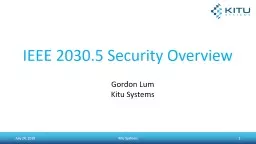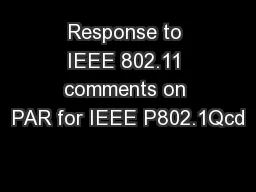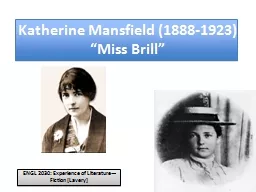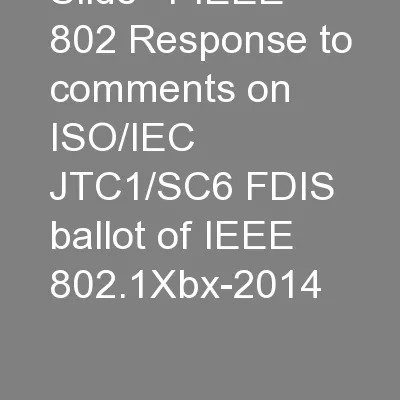PPT-IEEE 2030.5 Security Overview
Author : magdactio | Published Date : 2020-06-30
July 24 2018 Kitu Systems 1 Gordon Lum Kitu Systems Agenda Brief IEEE 20305 Overview IEEE 20305 TLS Cipher Suite IEEE 20305 Public Key Infrastructure PKI July 24
Presentation Embed Code
Download Presentation
Download Presentation The PPT/PDF document "IEEE 2030.5 Security Overview" is the property of its rightful owner. Permission is granted to download and print the materials on this website for personal, non-commercial use only, and to display it on your personal computer provided you do not modify the materials and that you retain all copyright notices contained in the materials. By downloading content from our website, you accept the terms of this agreement.
IEEE 2030.5 Security Overview: Transcript
Download Rules Of Document
"IEEE 2030.5 Security Overview"The content belongs to its owner. You may download and print it for personal use, without modification, and keep all copyright notices. By downloading, you agree to these terms.
Related Documents













![Figure 3: Renewables shares 2017-2030 [%]. The renewables shares is calculated as defined](https://thumbs.docslides.com/1063125/figure-3-renewables-shares-2017-2030-the-renewables-shares-is-calculated-as-defined-in-the-re-directive-eurostat-2018.jpg)
